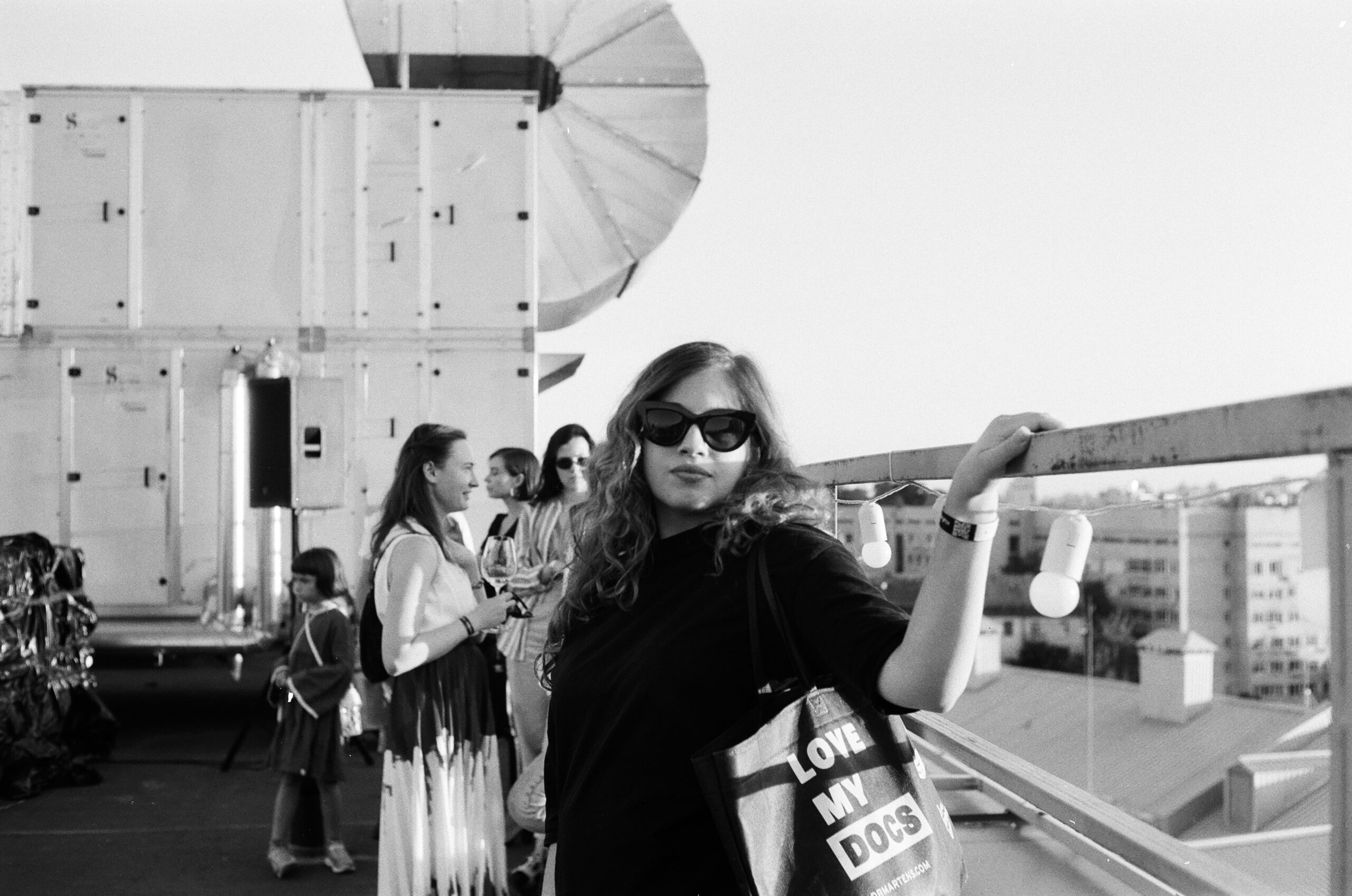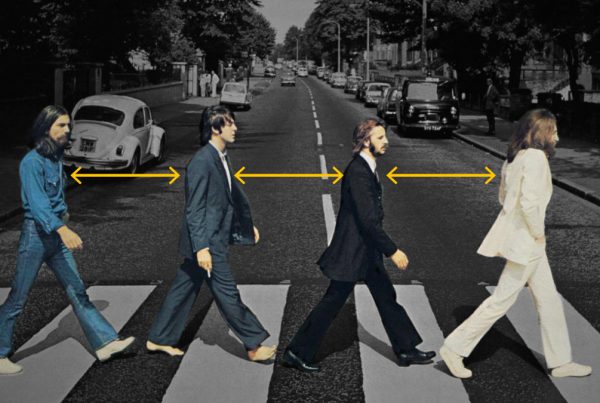Okay, the title might be a bit dramatic. But hear us out! Polarised sunglasses had a real impact on outdoor advertising. Have you ever worn your sunglasses while driving and seen rainbows on car windscreens? Or found that you can hardly see your phone screen?
It’s all a side effect of polarised lenses.

Polarised lenses have a chemical injected into them during manufacturing which is laminated into a vertical pattern. This reorganises light rays before they reach the eye, and that’s what causes those funny effects. But how did this change advertising?
As LCD technology improved and became cheaper, it became the more appealing choice for outdoor advertising. LCD screens mean you can have multiple advertisements rotating at any given time. It made it easier for advertisers to target the right audience by advertising at specific times, for as long as they needed.
But a set of polarised lenses doesn’t know the difference between a billboard, a phone screen, and a radio display. Your sunglasses will block them all. In the summer months when glare is up to three times higher than in winter, most Australians can be seen in their wayfarers and clubmasters.
This means most Australians can’t even see the billboards that businesses are spending a fortune to advertise on.
You wouldn’t think to consider sunglasses as a real-world AdBlocker, but they’re surprisingly effective. Just something to keep in mind next time your campaign plan includes outdoor advertising in summer, especially here in queensland.


